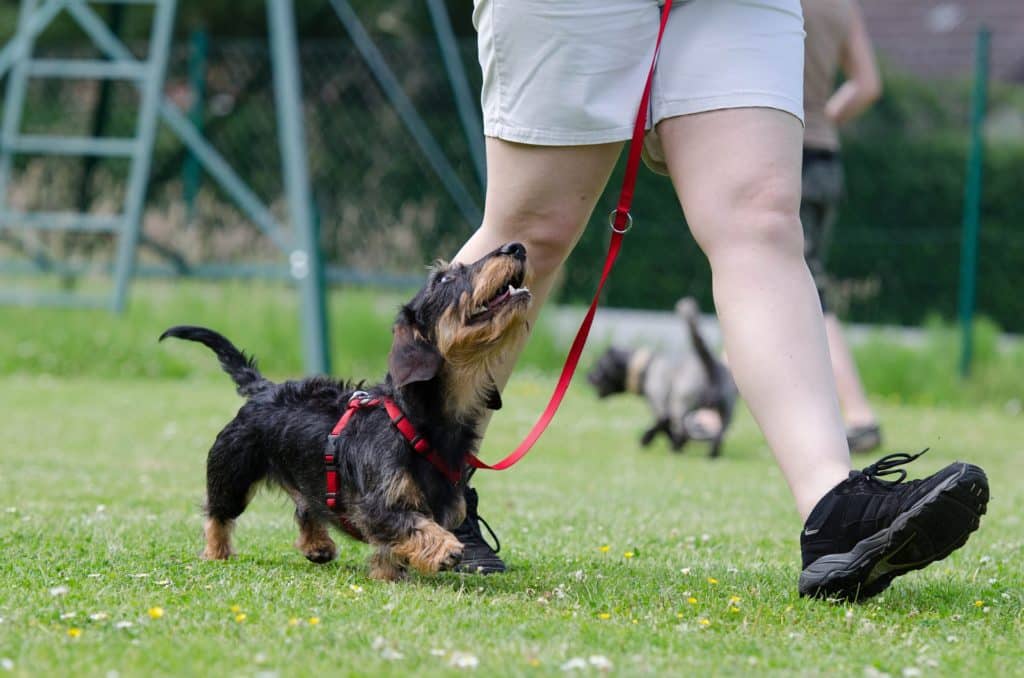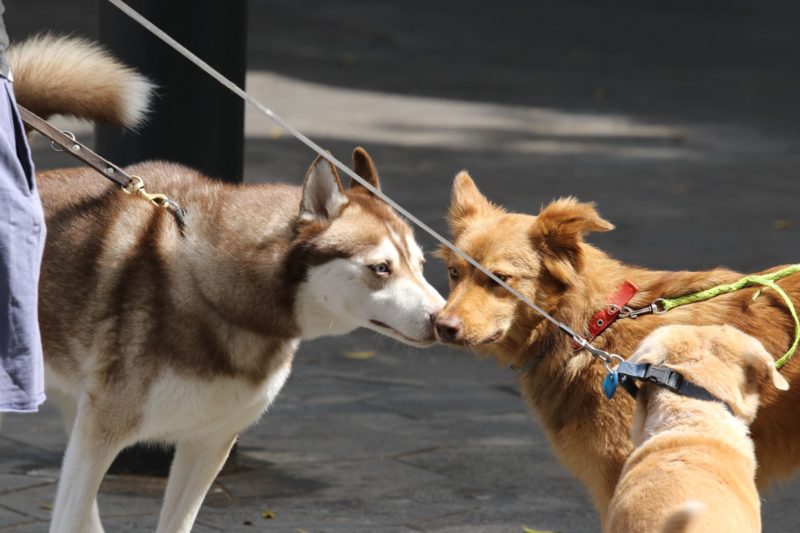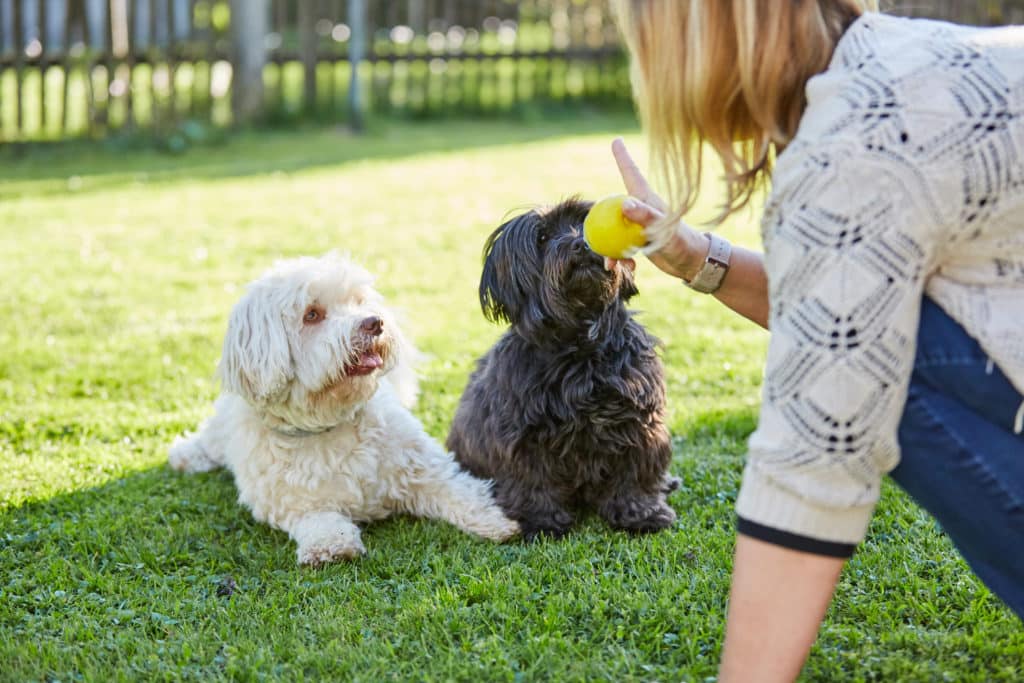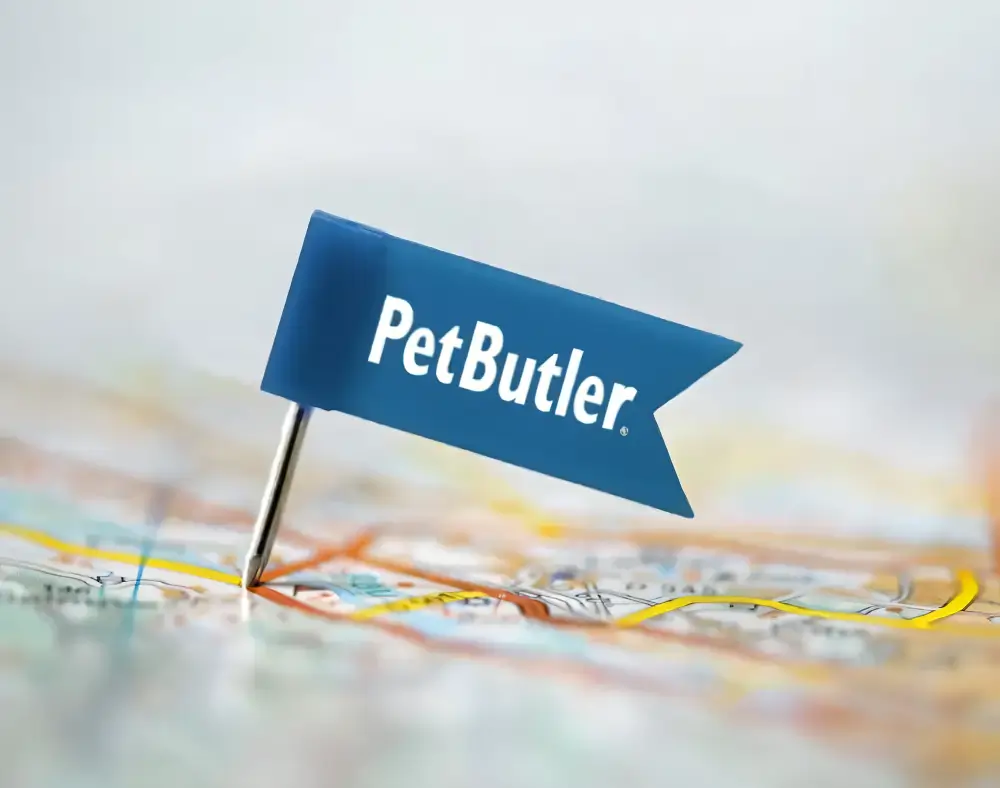Why Socialization is Critical for Pets
Canines need to be good citizens of the world in which we live.
Dogs that aren’t socialized are often relinquished to shelters for preventable behavior problems such as resource guarding and territorial or fear-based aggression. Pet “problems” account for approximately 47% of surrendered dogs; many are re-homed multiple times, and some are euthanized. (1)
New owners must realize that once released from the confines of home, our pets need to function confidently and thrive in an environment populated with small children, other animals, cars and bicyclists, and all varieties of noises and distractions.

What a Socialized Dog Looks Like
Socialized pets can happily accompany their owners on vacation, exercise amongst other animals at dog parks and daycares, experience the physical contact of other people, and mental stimulation of group agility classes or pet assisted therapy work. They experience less anxiety, stress, and loneliness. And they are more physically fit.
What Exactly is Pet Socialization?
How can we accomplish the integration and socialization of our furry friends when hampered by current conditions? According to the AVMA:
“Socialization is the process of preparing a dog or cat to enjoy interactions and be comfortable with other animals, people, places and activities. Ideally, socialization should begin during the sensitive period between 3 and 14 weeks of age for puppies, and 3 and 9 weeks of age for kittens”. (2)
While this window of time is optimal, progress can be made acclimating a previously unsocialized pet if the process is adjusted at a pace suitable to the pet’s temperament.
When Should I Start Socializing My Dog?
Younger pups are typically more inquisitive and relaxed than an adolescent or adult dog who already associates certain experiences with negative outcomes such as a nail trim that resulted in cutting the quick.
Ideally, your new puppy has spent the first 8 weeks of life surrounded by littermates and has already been practicing play and learning bite inhibition. The breeder, foster family, or shelter worker has been extensively handling the animal since birth. Touching ears, toes, and exploring the mouth and muzzle in a gentle way is important to learn that contact is safe and enjoyable. If not, these tasks fall to the new owner.
Develop a Plan for Socializing My Dog
To prepare to socialize a pet, it’s best to develop a plan. Ask yourself…
- How Old is Your Dog?
- 3-14 weeks old – the malleable window
- 4-12 months old – may more cautiously test the waters
- 1 year old and over – inherently confident, assertive, or shy.
The speed with which you can introduce new experiences may be slower with an older, more behaviorally mature or timid pet.
- What Environment Do I Want My Dog In?
Decide what items or scenarios you’d like to introduce, depending on your living environment and what future experiences in which your pet may engage.
- Are There Other Pets in The House or Will a Pet Sitter Be Needed at Some Point?
Engage them with a FaceTime introduction and regular virtual visits with your pet.
- What Will Be a Part of Your Dog’s Daily Life?
- Treats and positive reinforcement
- A crate or safe space for your pet to retreat to when they need alone time and minimize separation anxiety
- Nail trimmers or clippers you’ll want to desensitize your pet to
- Noises like chirping birds, fireworks, fast-moving children, babies crying, or other pets in the house
How to Socialize My Dog
Walks – Frequent walks outside in a variety of environments and on a multitude of surfaces such as the sidewalk, wooded path, grassy park, near water, or on a deck ensure your pet is comfortable in different settings.
Meeting Nearby Pets/People – Encourage your neighbors and their dogs to greet and engage your pet from a safe distance while you ply your pooch with delectable treats.
Play Dress Up – Animals should be exposed to humans in hoods, hats, wearing sunglasses, carrying umbrellas or pushing a vacuum cleaner or stroller.
Leash – Have your puppy on a leash, happily distracted by kibble when you ride your bicycle or skateboard nearby.
Car Rides – They introduce new experiences. Drive by a noisy airport or construction site.
Noise Familiarity – YouTube videos or phone apps, mechanical noisemakers, and remote-controlled, interactive toys featuring daily noises such as baby cries, birds chirping, and fireworks can be used to introduce the idea of other animals and sounds to your dog.
Doorbells – Ringing the doorbell while your dog practices being calm in their crate.
Eating – Handling your pet while they’re eating to discourage food guarding.
Therapy Work – If you want to do therapy work with your pet, borrow a walker, wheelchair, and a beeping timer, and practice walking through a gate or down a stairwell.
If you have healthy adults and children in the house, allow them all to engage in socialization activities with the new pet.
Plan for 1-5 new experiences a day for varying periods of time, but no longer than the period in which your pet is relaxed and happy. Realize your pet may have some limitations and adjust your socialization periods and expectations accordingly.
Never punish a pet who is fearful, but gently remove them from the situation and expose them again to the stimulus when they are calm; do so for a decreased duration and intensity or from an increased distance. If your pet remains happy and content during socialization exercises, continue positively reinforcing them with food, praise, or petting as you extend the duration of training sessions.


